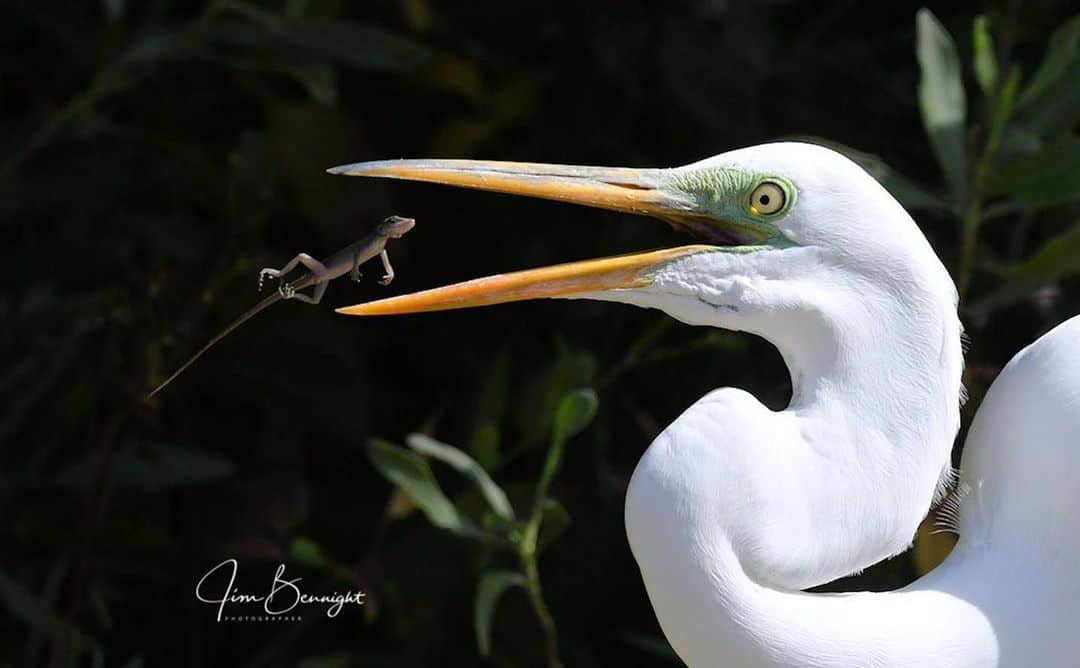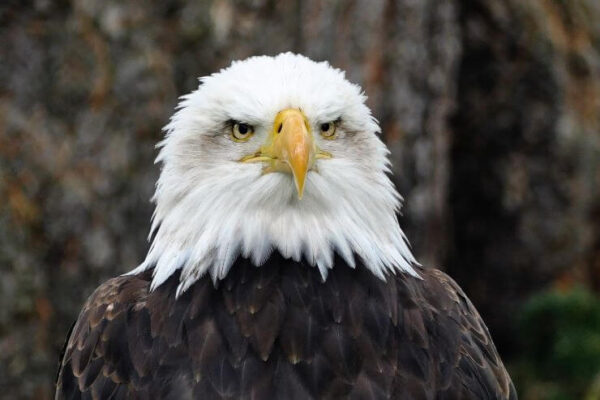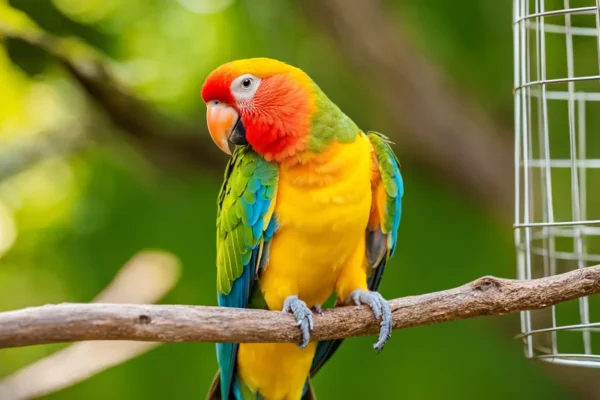With freezing temperatures, frost-covered ground, less naturally occurring summer fruits, plants, and insect life, as well as fewer daylight hours for foraging, winter weather poses several obstacles to animals.
Birds are no different; many find it difficult to endure the harshest months because of their delicate bodies and high energy needs to stay warm.
Numerous species have evolved specific adaptations to withstand below-freezing conditions, while others strongly depend on additional food supplies found in backyards and gardens.
The Feathers’ Magic
The ability of birds’ feathers to insulate their bodies helps them remain warm when the outside air temperature drops. Many animals go through a post-breeding molt, which guarantees that their plumage is in optimal condition when they need it most. Healthy feathers are essential. The purpose of feathers is to trap layers of heat around the bird’s body and between layers of feathers.
For these insulation methods to be successful, birds’ feathers must be dry, clean, and pliable. Birds use weatherproofing techniques to preserve their feathers, using oil generated by the preen gland near the base of their tails to coat their plumage and assist retain body heat. Preening is essential for maintaining the health of a bird’s plumage.
While many birds actively search for high-energy meals ahead of autumn and accumulate layers of fat for warmth in winter weather, plumper looks are not usually the result of gaining excess weight. They are able to retain heat in their inner bodies and strengthen the insulation around them by fluffing up their feathers.
An Annas Hummingbird – Feathers are an important part of a bird’s body insulation, keeping it warm when the outside air temperature drops.
Adaptations in Physiology
Overnight, certain birds go into a condition called “torpor,” in which their body temperature drops and their heart rate slows down, acting as a kind of short-term hibernation. Birds are able to drastically decrease their energy consumption by reducing their body temperature, respiration, and heart rates. This means that they do not need to burn up all of their calories in a single night in order to survive.
Some Swifts, Doves, Hummingbirds, and Mousebirds may go into temporary torpor to increase their chances of surviving the winter.
Both humans and birds utilize shivering to keep their bodies warm when the outside temperature decreases. Their quivering and shivering feathers help them maintain body heat, but doing so depletes their fat reserves and essential energy supplies, so they must eat as soon as daylight arrives.
Another fascinating method of controlling body temperature used by certain birds is called counter-current heat exchange, which uses the blood flow in the legs of the bird to retain heat. Birds are possible heat loss sources since their legs lack feathers or other insulation.
The amount of body heat that may leave is limited, however, since the warm blood flowing through the arteries heats the cooler blood being sent to the heart by surrounding veins.
A mousebird with speckles. Overnight, some birds go into a condition known as “torpor,” during which their body temperature drops into an energy-saving mode and their heart rate slows.
Food Sources and Foraging Techniques
Because seeds and berries are more readily accessible throughout the winter, many bird species that eat insects in the spring and summer instead turn to them. These species are resourceful and adaptable.
Blackberries are a favorite autumn food, with their high-energy sweet juices providing several health advantages. Later in the year, winter berries such as holly, hawthorn, blackthorn, juniper, and rowan flourish in forests and hedgerows.
Cunning hoarders, several species—Woodpeckers, Chickadees, Nuthatches, and numerous Corvids—stash nuts and seeds in tree notches and cracks in the bark. When food supplies start to run low, they return to these caches.
Due to their far greater metabolic rates than humans, birds need more energy to remain warm than do people. Every calorie matters, both in terms of what is consumed and what is used. By taking advantage of every opportunity to lounge in the cozy winter sun, eating whenever they can, and moving as little as possible, they may save energy to last through the night until they have to forage for food once again.
Looking for Protection
The evening struggle for life may be greatly impacted by overnight roosting locations, with insulated, protected perches being in high demand.
In addition to providing concealment to evade detection and potential predator attacks, shelter from inclement weather, chilly gusts, and torrential rain is essential. A bird’s chances of surviving the weather are greatly increased when its nesting places are nestled up against tree trunks and deep into thick foliage.
Some birds create community roosts and gather together when night comes, yet other birds are solitary and roost by themselves every night. Using shared warmth to raise body temperature, sleeping next to each other is a useful strategy.
Smaller species usually form large huddles that are tightly packed together to provide warmth and safety. Thousands of Crag Martins, for instance, gather in hidden caverns every winter evening and huddle close together until daylight breaks.
Outside of the mating season, nests are seldom used by birds as places to sleep. Nonetheless, certain cavity nesters—such as flickers, woodpeckers, tawny owls, and European robins—may build extra chambers that they use as safe havens for roosting after their young have fled the nests.
Throughout the winter, some birds may utilize empty nest boxes, often sharing the area with other members of their own species for protection and warmth.
A Tawny Owl: It’s important to guard against bad weather, chilly winds, and heavy rain in addition to using camouflage to avoid being seen and attacked by predators.
Migration: The Ultimate Flight
Not every bird stays to experience the varied and sometimes difficult winter circumstances in their breeding grounds. While the necessity to relocate in pursuit of more readily accessible food supplies often drives winter migrations, there are instances in which northern landscapes become hostile, necessitating migration to warmer regions.
Birds that nest at higher elevations in the mountains may migrate relatively short distances after breeding, traveling downslope to areas with more fruit and seed or insect life. Some species travel enormous distances twice a year, to and from their mating sites, to achieve the ideal conditions that would maximize their chances of survival.
Arctic Terns, which breed near the North Pole and spend the winter in the Antarctic Ocean—neither of which has especially mild weather—are examples of long-distance migrants. Because of the winter rainy season in Africa and the general increase in local insect populations, swifts migrate twice a year between sub-Saharan Africa and Europe.
Arctic Terns, which nest near the North Pole and spend the winter in the Antarctic Ocean, are examples of long-distance migrants.
Actions and Social Techniques
During the winter, a lot of solitary and territorial birds become more sociable, joining bigger groups to travel, roost, or graze together.
Larger and smaller birds often form flocks with mixed species, banding together in search of food and defense against predators. Flock formation is mostly due to safety in numbers, since groups are inherently more vigilant against possible invaders because they can see dangers from several perspectives.
A bird’s chances of finding food and securely consuming it without being preyed upon are increased when it forages in a flock. In winter backyards and expansive open parks and gardens, flocks of ground-feeding birds, including Dark-eyed Juncos, American Tree Sparrows, White-throated Sparrows, and White-crowned Sparrows, are a typical sight. Other wintertime buddy pairs include Downy Woodpeckers, Tufted Titmice, and Chickadees.
Relationships with People
Many birds consider bird feeders to be a genuine lifeline during the winter months, and it isn’t hyperbole to say that high-energy items found at bird tables and backyard feeders are mostly responsible for the birds’ ability to survive.
When the temperature drops, species who are reticent to visit yards during the year will be attracted to them. Nuts, suet, and fat balls provide essential supplies of lipids and carbohydrates that these species need for survival.
Maintaining fresh water in a bird bath or drinking dish is also essential. You may use warm water to defrost the ice if it freezes over. The majority of birds need access to drinking water throughout the year, and they may save lives in the event that regular supplies like puddles and lakes freeze over.
You may encourage year-round visits from birds to your yard by planting winter-fruiting berry bushes, densely vegetated hedgerows for protection, and covered feeding areas. These will provide the birds with safe places to sleep and to forage.
Climate Change’s Effects
Seasonal weather patterns are already showing signs of becoming less predictable than they once were, with some milder winters mixed with very low temperatures, severe blizzards, and extremely scorching heatwaves.
All of these variables affect the availability of food and shelter in wild birds’ native habitats. They may also alter the dates and paths of migrations, the availability of adequate food supplies, and the likelihood that birds will be able to survive in the wild.
An American Robin: It’s also essential to have fresh water in a bird bath or drinking dish for this bird.
Ways to Help Birds During the Winter
Birds that visit your backyard will like high-energy food sources, especially black sunflower seeds, suet, fat balls, peanuts, and sweet fruits like oranges, grapes, cherries, apples, and pears that are not found in nature.
To ensure that food is easily accessible, keep your feeders free of frost or snow and clean any sections of the ground that are not covered with accumulated snow.
Even though not all birds will gladly accept an artificial shelter during the winter, it’s still worthwhile to empty out a nest box after breeding season or to place some specially designed roosting pockets throughout your yard, which birds can use in the event that they need a safe place to spend the cold winter evenings.
For drinking and bathing throughout the winter, birds must have access to clean, unfrozen water in addition to food and shelter. You may purchase heated bird baths or, if you want, check every day to make sure that the drinking bowls’ surfaces are clear of ice.
FAQs:
How come certain birds don’t migrate?
Temperature is not what drives migration; food resources are. Species are less likely to migrate and spend a large portion of the year in their native territory if there is enough food available year-round.
Migration is usually instinctual; changes in direction, such as southward or towards lower land, may simply be a result of a pattern ingrained in a bird’s genetic makeup. However, migration may not always be required if sufficient amounts of insects, seeds, berries, or animals are available, depending on typical dietary choices, since life becomes easier when energy levels can be maintained.
How can little birds—like hummingbirds—handle the winter weather?
During the winter, hummingbirds go into a low-energy condition known as “torpor,” which is akin to hibernating on a nightly basis. They can drop their body temperature from 40°C (104°F) to 18°C (65°F), and they can decrease their heart rate from over 1200 beats per minute to around 50 beats per minute.
Hummingbirds have undergone physical adaptations, but they still lose around 10% of their body weight at night and must eat continuously during the day to satisfy their energy needs in order to survive.
In winter, what should I feed the birds?
Winter is the best time for high-energy food sources since they provide birds with a rapid fix that will help them increase their body temperature and increase their chances of surviving in the cold. Sunflower seeds, peanuts, fat balls, suet, and black oil
Final Thoughts
It’s absolutely unbelievable how resilient these small birds are to withstand freezing temperatures night after night, and it’s nearly unbelievable that their delicate bodies do not freeze to death.
By optimizing their energy intake and reducing their energy expenditure, several birds can endure the seasonal obstacles that come with the end of summer thanks to a variety of adaptations that have evolved for their benefit.






One thought on “How Birds Survive Winter | Winter Survival Strategies”